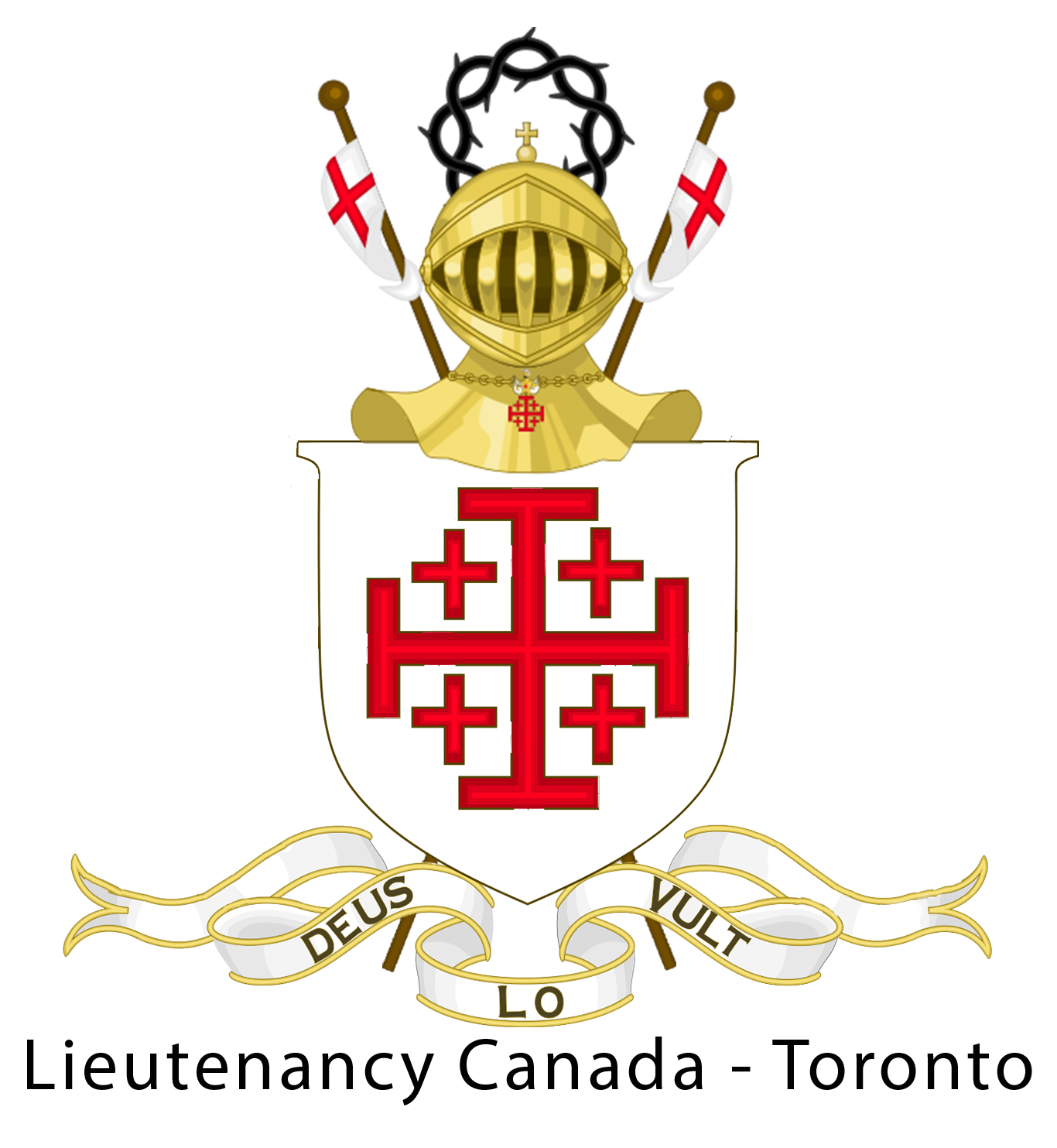St Stephen: the peregrination by the friars on the site of his martyrdom
The day following Christmas, the Church remembers the protomartyr Stephen: as per tradition, the Franciscans make the annual peregrination beyond the Lions’ Gate (or “St Stephen’s Gate”), where a Greek Orthodox church guards the site of his martyrdom.
The arrest, the trial and the death of St Stephen are narrated in Acts 7: “They threw him out of the city and began to stone him.”
The site of the martyrdom
According to the accounts of medieval pilgrims, there were stone steps here which was all that remained of the old route of access to the walls and the Temple: this is why this spot began to be designated as the exact place where St Stephen was stoned. After the 1967 war, the Greek Orthodox built a new church and the small grotto named after him opens up underneath it, where the steps cut into the rock are preserved.
The grotto is decorated with wall paintings illustrating the life of the Saint: the consecration of the seven deacons with the imposition of the hands (Acts 6, 1-6), the stoning and the self-defence of the Saint (Acts 7), and the discovery of his relics in 415.
The solemn Vespers
It was here that in the afternoon of 26 December the Custos of the Holy Land, fra Francesco Patton, the vicar fr. Ibrahim Faltas and numerous Franciscan friars gathered to celebrate Vespers. Before the liturgical function, presided over by fr. Luciano Piermarco, vicar of the fraternity of St Saviour in Jerusalem, the Custos of the Holy Land greeted and paid homage to the representative of the Greek Orthodox community of St Stephen’s church.
Vespers were then celebrated in the grotto, while fr. Siniša Srebrenović, guardian of the Convent of the Agony (Gethsemane) delivered the commentary on the word.
“Yesterday we celebrated the birth of the Saviour, but today the Church suggests we remember Stephen, the first martyr, he who gave everything for Christ. The first thing the liturgy indicates is a reflection on the martyrs. And those who are martyrs for peace are true martyrs. “To speak about the ‘Prince of Peace’” Fr. Patton emphasized in his homily, “cannot come about and would not make sense if we, the first, do not have peace in our hearts.”
At the end of Vespers, the Franciscans and the faithful present stopped to venerate, in the shrine, the place which recalls the extreme sacrifice of Stephen, placing lit candles on the stone steps in the grotto.
Silvia Giuliano
